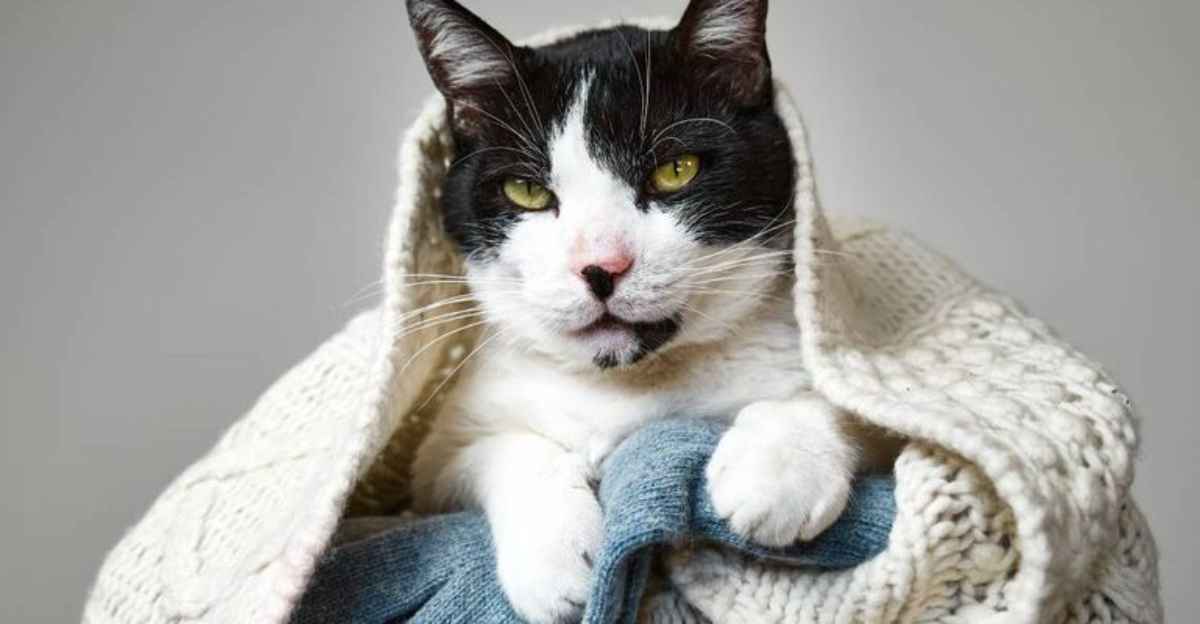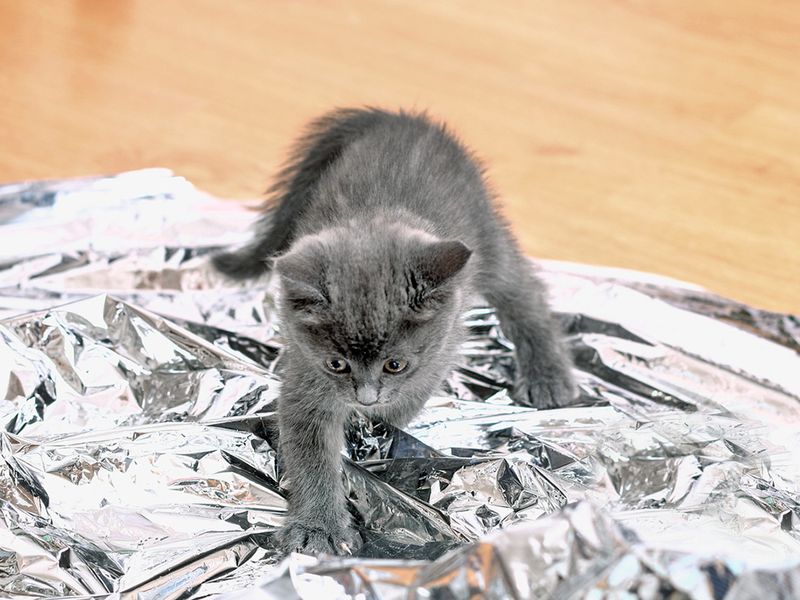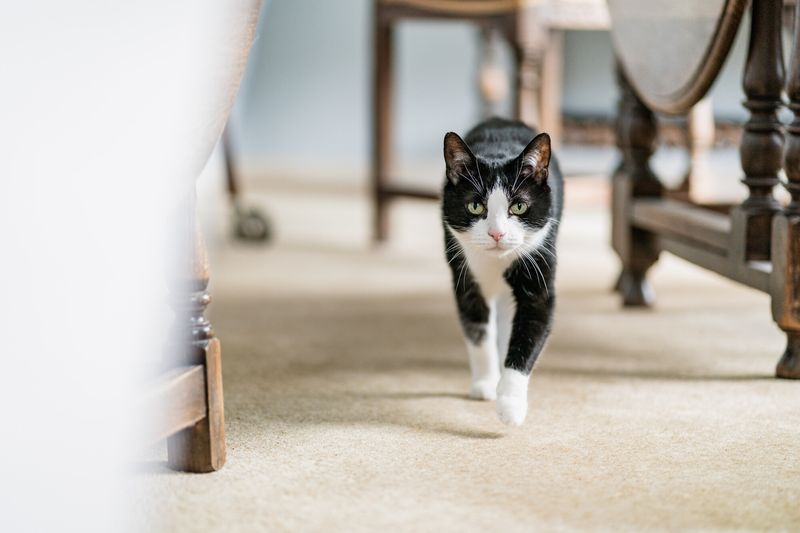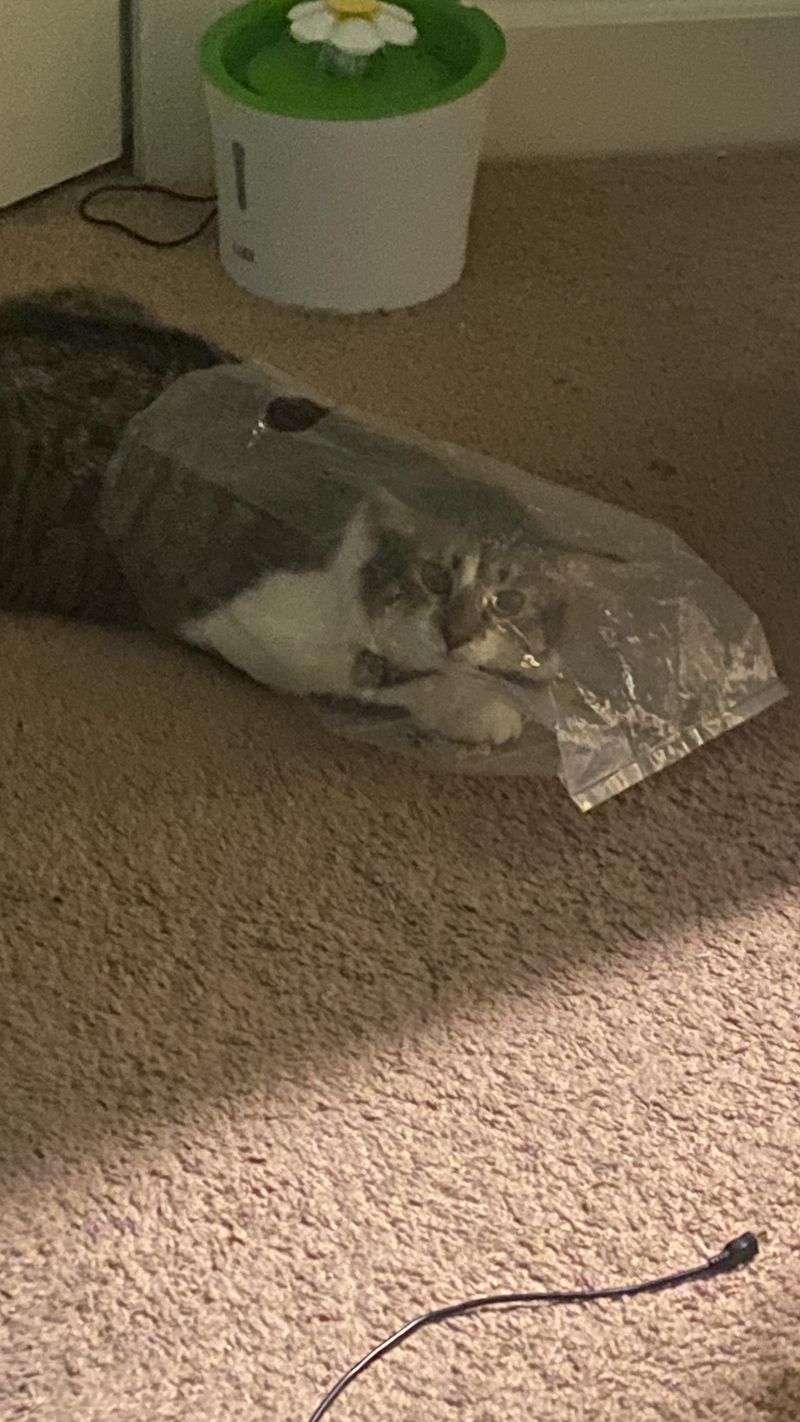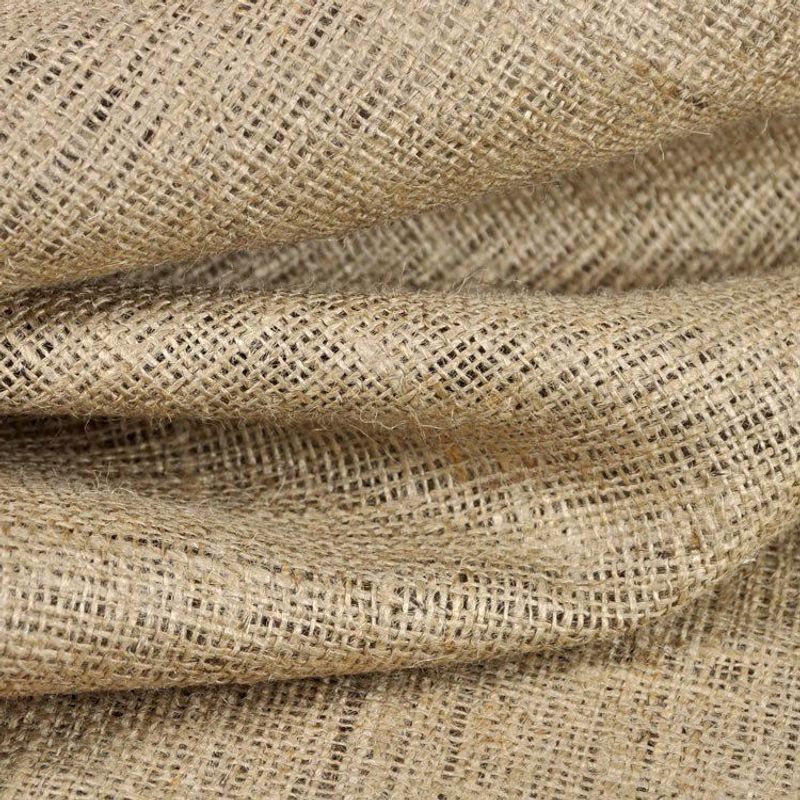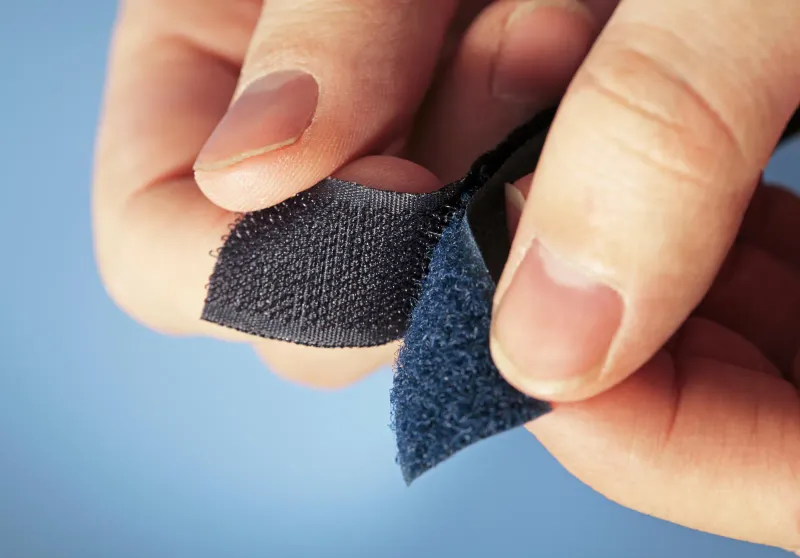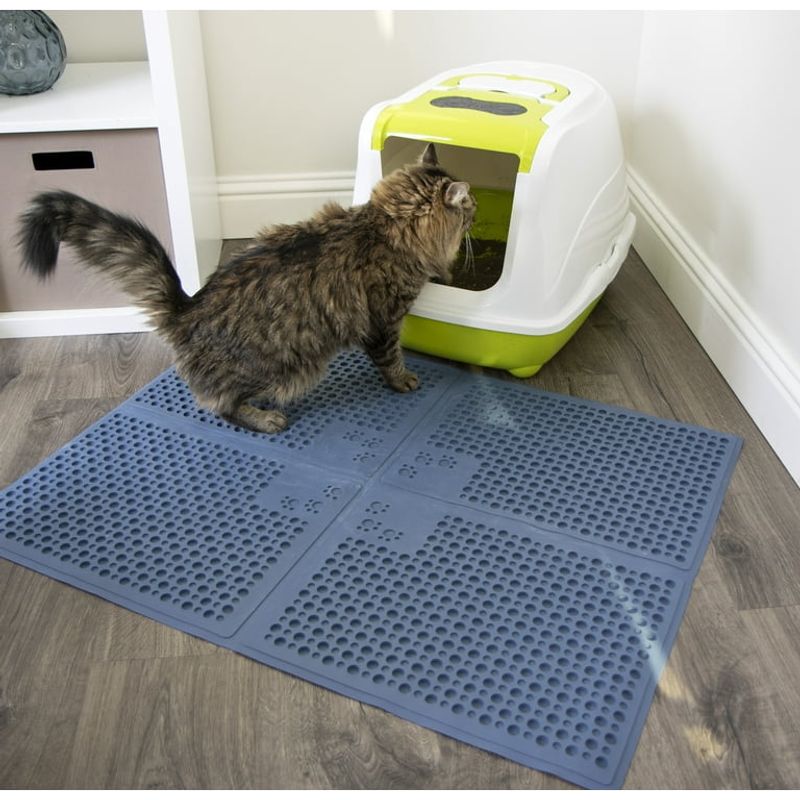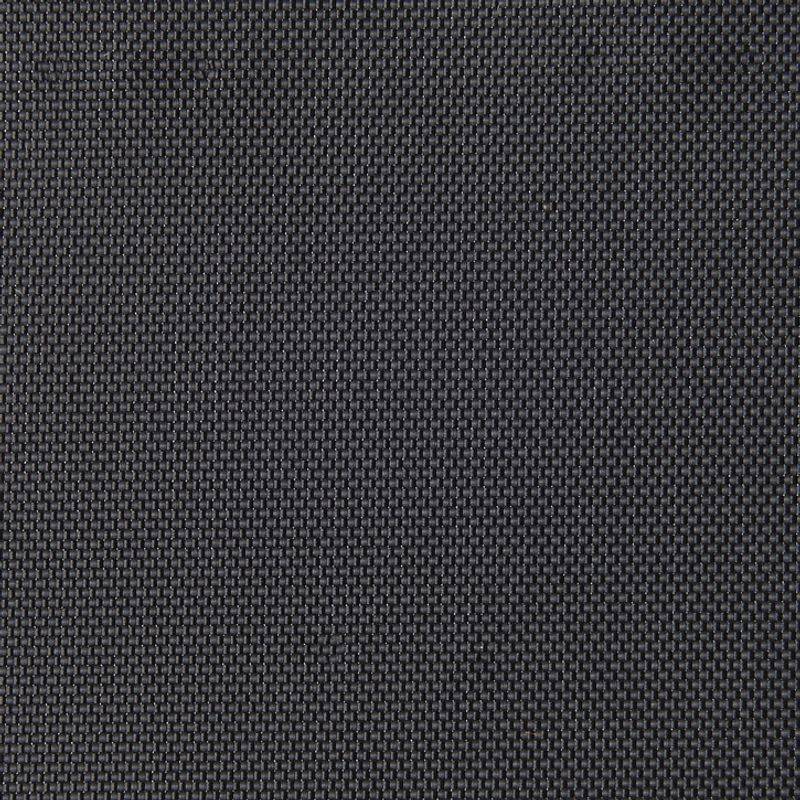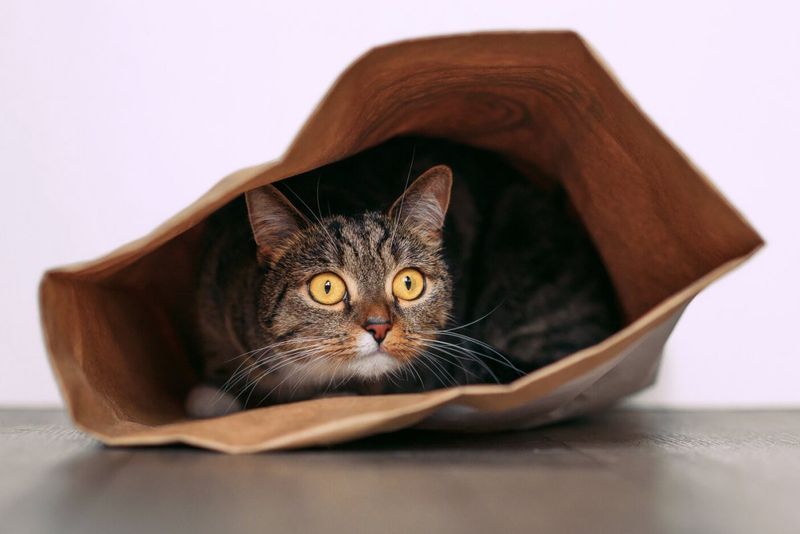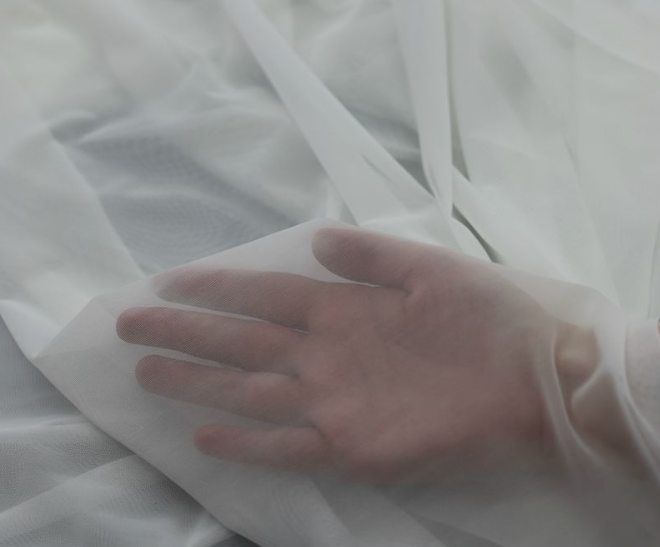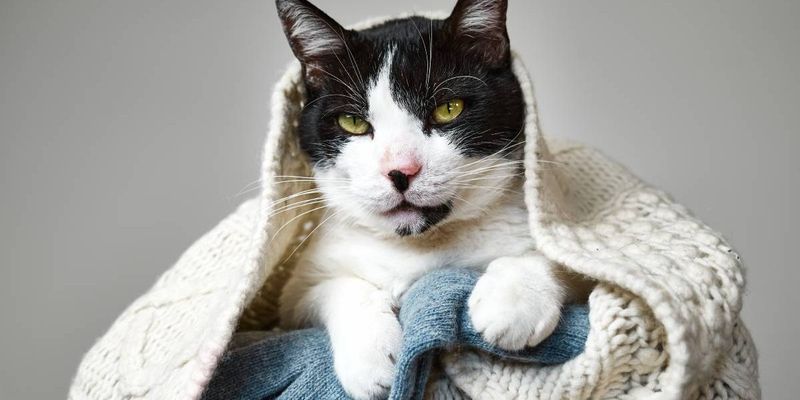📖 Table of Content:
- 1. Aluminum Foil: The Metallic Menace
- 2. Sticky Surfaces: Paw-sitively Uncomfortable
- 3. Crinkly Plastic: The Rustling Repellent
- 4. Rough Burlap: Too Scratchy For Snoozing
- 5. Velcro: The Hook-and-Loop Horror
- 6. Rubber and Latex: The Grippy Grumble
- 7. Slippery Nylon: The Sliding Nightmare
- 8. Crinkly Paper: The Unpredictable Nuisance
- 9. Synthetic Mesh: The Claw-Catching Culprit
- 10. Coarse Wool: The Itchy Irritation
Cats are known for their discerning tastes—not just in food or toys, but also in the textures they come into contact with daily. While many owners go to great lengths to find the coziest beds and softest blankets for their furry companions, they may unknowingly choose materials that actually repel rather than attract their cat. Understanding what your cat finds uncomfortable is essential for creating a stress-free resting environment.
Unlike dogs, who tend to adapt to most bedding materials, cats are far more sensitive to touch. Their paws and skin are finely tuned to detect subtle changes in temperature, pressure, and texture. Because of this sensitivity, certain fabrics or surfaces can cause them stress or discomfort, leading them to avoid areas intended for rest or relaxation. This isn’t just a matter of preference—it can affect their behavior, mood, and even health if they’re unable to find a comfortable space to sleep.
To ensure your cat feels truly at home, it’s important to avoid using materials they find irritating or alien. Whether it’s the crinkle of plastic or the grip of rubber, these seemingly minor details can make a big difference in your cat’s willingness to settle down. Below are ten specific textures that many cats can’t stand—knowledge that will help you make better choices when selecting or crafting your pet’s bedding and living space.
1. Aluminum Foil: The Metallic Menace
Cats recoil from aluminum foil like vampires from garlic. The strange metallic sound it makes when touched sends shivers down their sensitive spines. Many felines will perform elaborate high-stepping dances just to avoid placing their precious toe beans on this crinkly surface. The reflective quality of foil can also be unsettling to cats, who perceive it as strange and potentially threatening. Some pet owners actually use foil strategically, placing it on countertops or furniture to create cat-free zones. The temperature conductivity of foil is another factor – it quickly becomes cold or hot, making it an unpredictable and uncomfortable surface for cats who prefer consistent, neutral temperatures for their delicate paw pads.
2. Sticky Surfaces: Paw-sitively Uncomfortable
Ever seen a cat step on something sticky? The dramatic paw-shaking and disgusted expressions tell you everything about how they feel. Double-sided tape or adhesive surfaces create a sensation that completely baffles and frustrates cats, who pride themselves on graceful movement. When a cat’s paw touches something sticky, their natural grooming instinct kicks into overdrive. The tacky feeling triggers an immediate need to clean their precious paws, causing stress and annoyance. Many behavioral experts recommend sticky surfaces as humane deterrents for keeping cats away from houseplants or furniture. The unpredictable resistance these surfaces create also interferes with a cat’s ability to judge movement and balance – something that deeply offends their athletic sensibilities.
3. Crinkly Plastic: The Rustling Repellent
That grocery bag might seem harmless to you, but to your cat, it’s a noisy nightmare. Plastic materials create unpredictable sounds that startle cats, whose hearing is far more sensitive than ours. The slick, cool texture feels unnatural under their paw pads, which are designed to detect subtle vibrations and textures. Many cats associate plastic with negative experiences like trips to the vet, where examination tables are often covered with crinkly paper or plastic. The material’s tendency to create static electricity can also deliver uncomfortable little shocks to sensitive whiskers and fur. Interestingly, while some cats avoid plastic at all costs, others become oddly fascinated by it – though this doesn’t mean they want it in their beds! This fascination typically involves play or chewing, not comfort-seeking behavior.
4. Rough Burlap: Too Scratchy For Snoozing
Burlap might be trendy for home decor, but your cat considers it the equivalent of sleeping on sandpaper. This coarse, abrasive fabric irritates their sensitive skin and can catch on claws in uncomfortable ways. The rough fibers create an unstable surface that shifts unpredictably beneath their paws. Cats have incredibly sensitive nerve endings in their paws that help them navigate their environment with precision. Rough textures like burlap overwhelm these sensors with too much information, creating an unpleasant sensory experience. The natural jute fibers in burlap also have a distinctive smell that many cats find unappealing. While humans might appreciate the earthy, natural scent, cats prefer materials with neutral odors that won’t compete with their own carefully maintained scent profile.
5. Velcro: The Hook-and-Loop Horror
That ripping sound of separating Velcro? Pure feline horror. Beyond the startling noise, the hooked texture of Velcro can catch painfully in fur and feels threatening under sensitive paw pads. Cats, who spend hours daily grooming their perfect coats, instinctively avoid anything that might tangle or mat their fur. The unpredictable grip of Velcro creates an unstable walking surface that cats find deeply unsettling. Felines rely on consistent feedback from surfaces to maintain their legendary balance and agility. When a material suddenly grabs at their paws, it triggers their survival instincts. Fun fact: Some cat behaviorists actually recommend small strips of the soft, looped side of Velcro as nail files for cats who enjoy scratching certain textures. But this doesn’t mean they want to sleep on it!
6. Rubber and Latex: The Grippy Grumble
Rubber yoga mats and latex gloves make your cat say “no thanks.” The grippy, sometimes tacky texture of these materials creates an unnatural resistance that interferes with a cat’s smooth movement. Their paws literally stick slightly with each step, creating a sensation completely contrary to their preference for effortless gliding. The chemical smell of rubber and latex products is another major turnoff for cats, whose sense of smell is approximately 14 times stronger than humans’. What seems like a faint odor to us can be overwhelmingly pungent to our feline friends. Temperature is yet another factor – rubber and latex materials don’t breathe well and can quickly become uncomfortably warm. Cats are masters at finding the perfect temperature zone for rest, and these materials fail the cozy test spectacularly.
7. Slippery Nylon: The Sliding Nightmare
Nylon fabric creates the feline equivalent of ice skating – without the fun. Cats rely on secure footing to maintain their dignity and safety, making slick nylon surfaces particularly frustrating. The synthetic material offers no traction for their claws, creating an unsettling feeling of vulnerability. The noise factor can’t be overlooked either. Nylon sleeping bags, windbreakers, and similar items make swishing sounds with every movement. For creatures who can hear a mouse breathing behind a wall, these artificial noises are jarring and prevent relaxation. Have you noticed how nylon attracts and holds static electricity? This creates tiny uncomfortable shocks that cats find particularly distressing. Their whiskers, which are specialized sensory organs, are especially sensitive to these static discharges, making nylon bedding a definite no-go.
8. Crinkly Paper: The Unpredictable Nuisance
Paper that makes noise with every twitch of a tail? Absolute torture for a sleeping cat. While some felines enjoy batting around crinkly paper toys during playtime, it’s an entirely different story when trying to settle in for a nap. The unpredictable crackling creates a constant state of alertness that prevents deep, restorative sleep. Tissue paper, gift wrap, and parchment paper all fall into this category of bedding materials to avoid. The inconsistent texture also provides inadequate support for a cat’s body weight, creating pressure points rather than the even distribution they prefer. Did you know that cats sleep for 12-16 hours daily? With such significant portions of their lives spent snoozing, the quality of their sleep surface dramatically impacts their overall well-being. Crinkly paper disrupts those important cat naps that keep your feline friend healthy and happy.
9. Synthetic Mesh: The Claw-Catching Culprit
Mesh materials might seem breathable and practical to humans, but they’re a claw-trapping hazard to cats. The small holes in synthetic mesh fabrics create the perfect snare for delicate claws, leading to panicked moments of being stuck and potential injuries during escape attempts. The uneven, bumpy texture of mesh also makes for an unstable resting surface. Cats prefer materials that form to their body contours while providing consistent support – think memory foam, not fishing nets! Mesh fails this comfort test miserably. Athletic and outdoor mesh fabrics often contain water-resistant treatments or synthetic compounds that produce odors cats find offensive. Their sensitive noses can detect chemical residues that are completely imperceptible to humans, making seemingly odorless mesh materials surprisingly objectionable to your discerning feline.
10. Coarse Wool: The Itchy Irritation
Raw, untreated wool might be natural, but it’s naturally irritating to most cats. The coarse fibers can poke through fur to irritate sensitive skin, creating an itchy, uncomfortable surface for napping. Cats with shorter coats are especially vulnerable to wool’s scratchy effects. Wool’s tendency to trap and hold odors is another strike against it in the feline world. Cats are meticulous about scent management and prefer neutral-smelling resting places that won’t compete with or mask their own carefully maintained personal fragrance. The lanolin naturally present in wool has a distinctive smell that many cats find off-putting. While processed, softer wool varieties might be more acceptable, traditional coarse wool should never make its way into your cat’s sleeping quarters if you want those quarters to actually be used!
